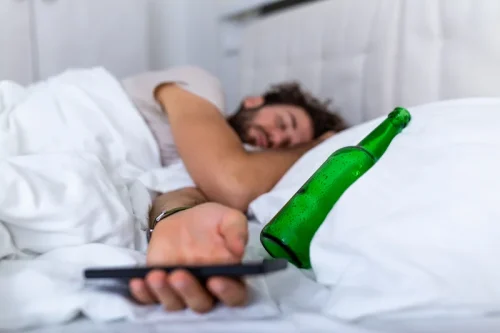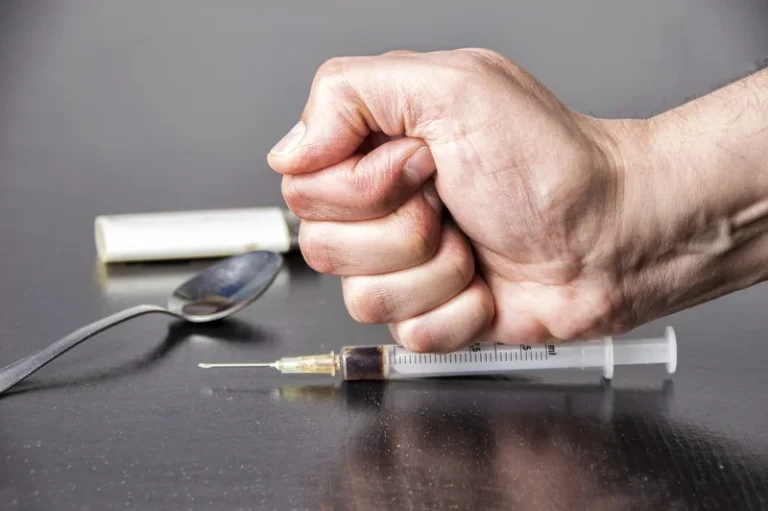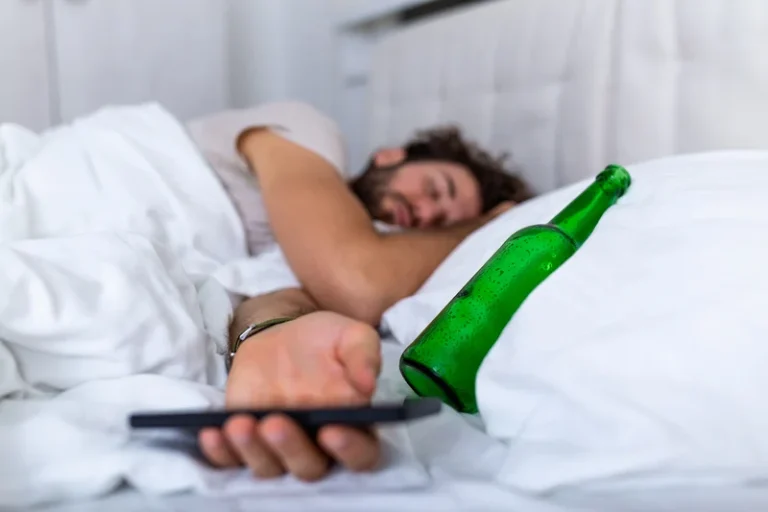
The expert-endorsed e-book explains how to set new goals, work on relationships, manage your time and learn how to recognize and handle stress, triggers and cravings. People won’t always necessarily follow these steps in a linear, forward progression. The path to recovery can be a bumpy one, and it’s not uncommon for people to slip back a stage or to cycle through the various stages several times before they permanently stick to sobriety. Recovery from alcoholism is a gradual process with no set timeline. Laying it all out in black and white can take time and some serious self-examination.
Maintain a healthy diet
So it is not surprising that unprecedented numbers are taking part in Sober October this year to rethink their relationship with alcohol. And more and more people are going further – not just ‘cutting down’ but choosing a fresh new path without any booze at all. There were spillover effects from taking care of my life, like wanting to take care of someone else’s too. I was in no place to have a baby, nor was I ready for a pet, so mothering a couple of plants was the obvious next thing. I often indulged in a YouTube yoga session or spent time stretching—things I wouldn’t have done as much if I was out drinking instead. In the mornings, I rose early and filled my first few hours of daylight with physical activity.
Build your own personalized toolkit
- The expert-endorsed e-book explains how to set new goals, work on relationships, manage your time and learn how to recognize and handle stress, triggers and cravings.
- Recovery offers a chance for people to examine their behaviors and make positive changes in their lives.
- If the relapse consisted of a few hours or a few days, you may be able to veer back to your recovery path somewhat seamlessly.
- External triggers refer to the environmental cues you link to alcohol, including places, times, people, and situations.
- Janey Lee Grace recommends that those new to non-drinking compile a shiny new tool-kit of healthy props and distractions they can reach for when needed.
I spent time nourishing myself, listening to my needs, and detoxing from the alcohol-based chemicals I used to put inside me. For me, drinking with my friends could mean late nights and even later mornings. So when I pursued sobriety, my daily rhythm changed for the better. And then one night, a coworker asks you to grab a drink after work.

Prepare for potential alcohol detox
It’s true that taking a break from alcohol for any amount of time will be beneficial overall, with some research showing that liver function begins to improve in as little as two to three weeks. But a full detox is needed for the most benefit, and how much time that takes depends on a variety of personal factors. Family and friends can provide encouragement and support when you stop drinking. By opening up about your relationship with alcohol, you might also encourage others to explore their own drinking habits. Now that you are sober, you may have discovered that some of your past relationships were not how to avoid drinking again after sobriety only unhealthy but downright toxic. It’s not just your drinking buddies and drug dealers who can get you into trouble—sometimes those who are closest to you can contribute to a relapse.

On the other hand, binge drinking is generally defined as four drinks for women and five drinks for men within a two-hour period. And even occasional binge drinking episodes can have profound effects on your liver’s health over time. “Nutrition optimization is actually the most evidence-based and most important intervention aside from stopping drinking,” points out Dr. Lindenmeyer. This is because, for a lot of people who experience some kind of liver dysfunction, it makes them at risk of not getting enough proteins, calories or vitamins. Any information published on this website or by this brand is not intended as a substitute for medical advice, and you should not take any action before consulting with a healthcare professional.


You can https://ecosoberhouse.com/ tell your friends you’re driving, you’ve had enough alcohol to last a lifetime, you feel better without it, you’re on a health kick… Before stepping out in public at a social event for the first time, it’s good prepare a well-crafted ‘I’m not drinking right now’ script that is so good it cannot be questioned. Then practice your script (role play with a friend) to build your drink refusal skills. Reading can be a good way to work your mind, escape reality, or learn something new. If you’re struggling to keep up with a sobriety goal, reading “Quit Lit” books can serve as a motivator.
- If you quit using alcohol completely, repairing your liver after heavy drinking may be possible.
- Letting others know about your choice to stop drinking may help motivate you to stick with your decision.
- So it is not surprising that unprecedented numbers are taking part in Sober October this year to rethink their relationship with alcohol.
- The relationship between alcohol abuse and mental health disorders is complex and bidirectional.
- You can become conditioned to reach for a drink when your environment offers up certain cues.
Cravings and Obsession
“A typical craving might last for 3 to 5 minutes,” notes Christina Hanks, senior recovery coach and care team manager at Tempest. Over time, alcohol use begins to affect the neurotransmitters, or chemical messengers, in your brain. “Alcohol cravings can be very intense, especially in early recovery,” explains Ruby Mehta, licensed clinical social worker and director of clinical operations for digital recovery platform Tempest. I have a podcast episode all about dealing with the feeling of boredom in sobriety. These activities not only distract from cravings but also provide a sense of accomplishment and purpose. This isolation can lead to depression and further alcohol abuse, creating a vicious cycle.